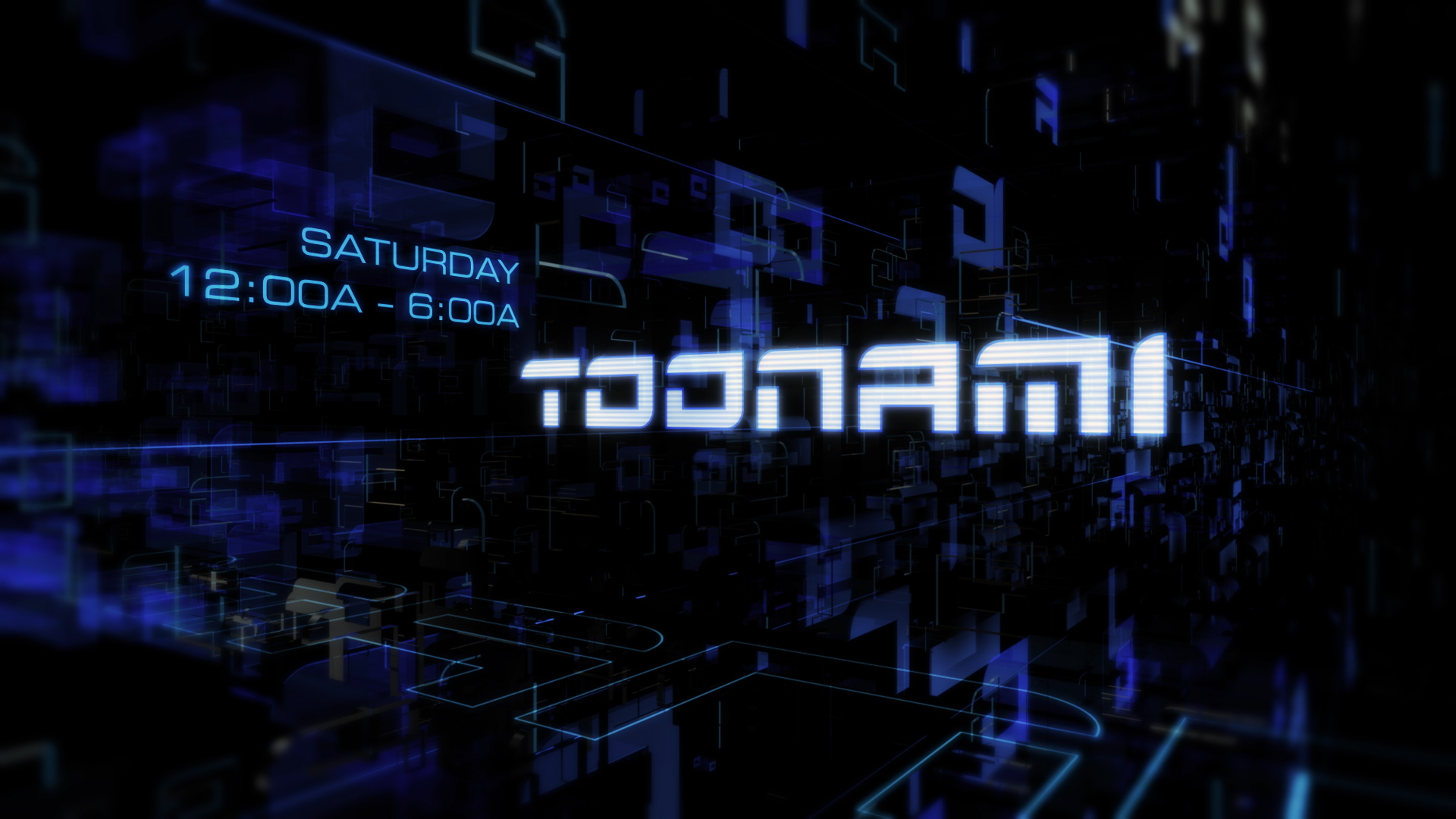NCR Custom Font
Neil Patel
Custom digital font designed to match printed in-store receipts
Brief
NCR, well known for the their cash register and POS systems, approached me to create a custom digital font for a client's POS system. This client needed to generate digital receipts for their retail customers, and the digital versions needed to exactly match the appearance of printed receipts that customers would receive in retail locations. Matching the appearance of the printed and digital receipts adds continuity to the customer's experience.
POS systems use thermal printers to generate receipts. A thermal printer works by locally heating thermally sensitive paper to darken it. This method is similar to a dot matrix printer but without the ink and the noise. The typeface that is built into the printer firmware is a simple mono-width bitmap font. Typographic differentiation is performed by scaling the letterforms (double-height, double-width, or both). The typographic quality of printed receipts certainly is not what one would consider elegant, but the thermal printer is a simple and robust device that can keep up with the demands of a retail environment.
Design
The challenge in developing a digital equivalent of the printer typeface is that the original is effectively made up of pixels. The only way to see the letterforms is to print it out. This meant that a fair amount of interpretation is required to determine the "design intent," particularly while working from scanned copied of receipts as the source.
On the printed receipt the rendering of the characters is blurry. However, on a crisp digital version vagueness would be distracting. Part of the design process was to create rules for some features of the letterforms, while still retaining the thermal-printed, pixelated aesthetic. Amongst the things to consider were adding overshoots to the rounded letter and standardizing how the strokes terminate. All designs then had to be scaled and tested to see if their form resembled the scaled versions of the original.
Original printed character set from the thermal printer.
Digital character set
















